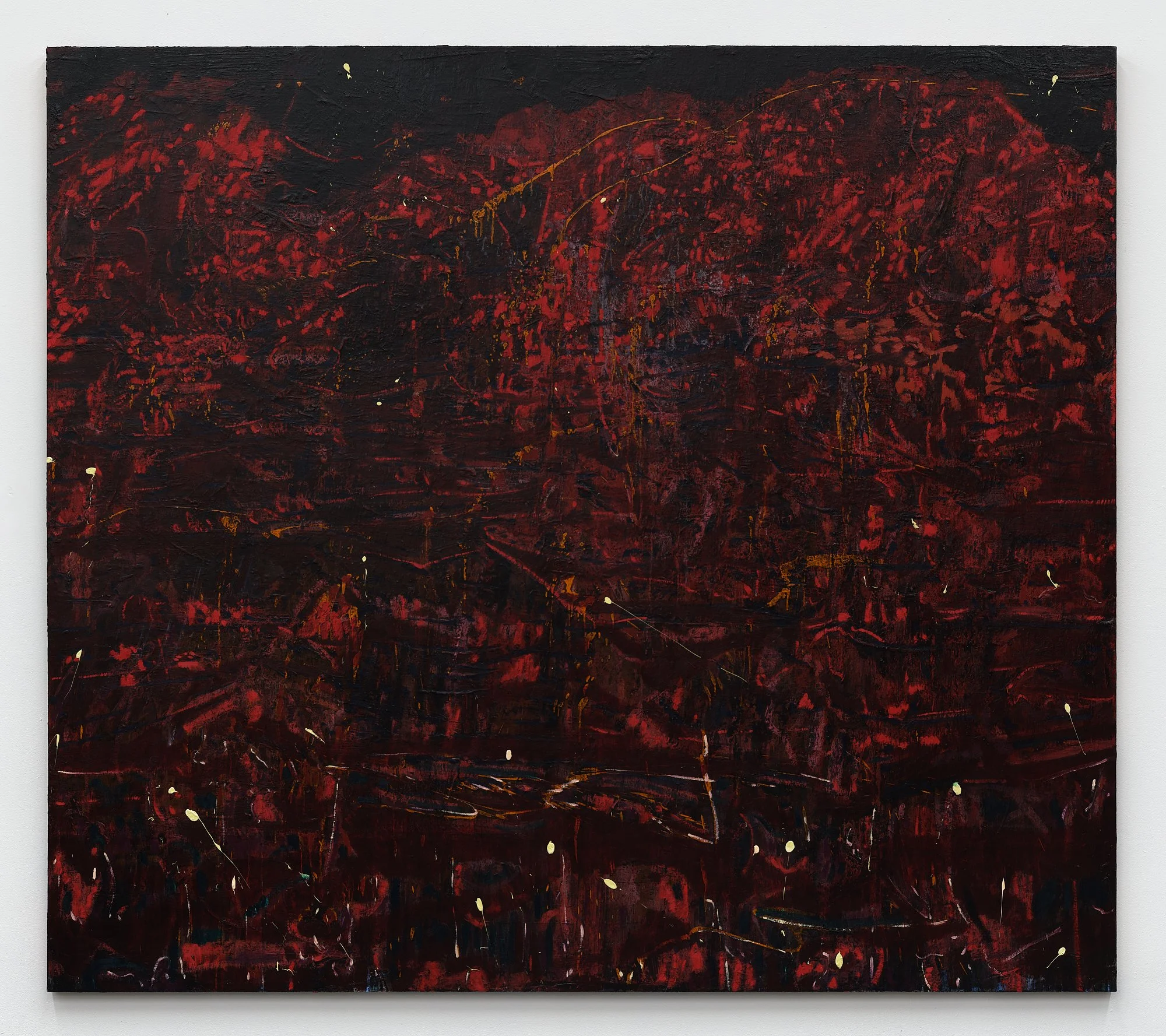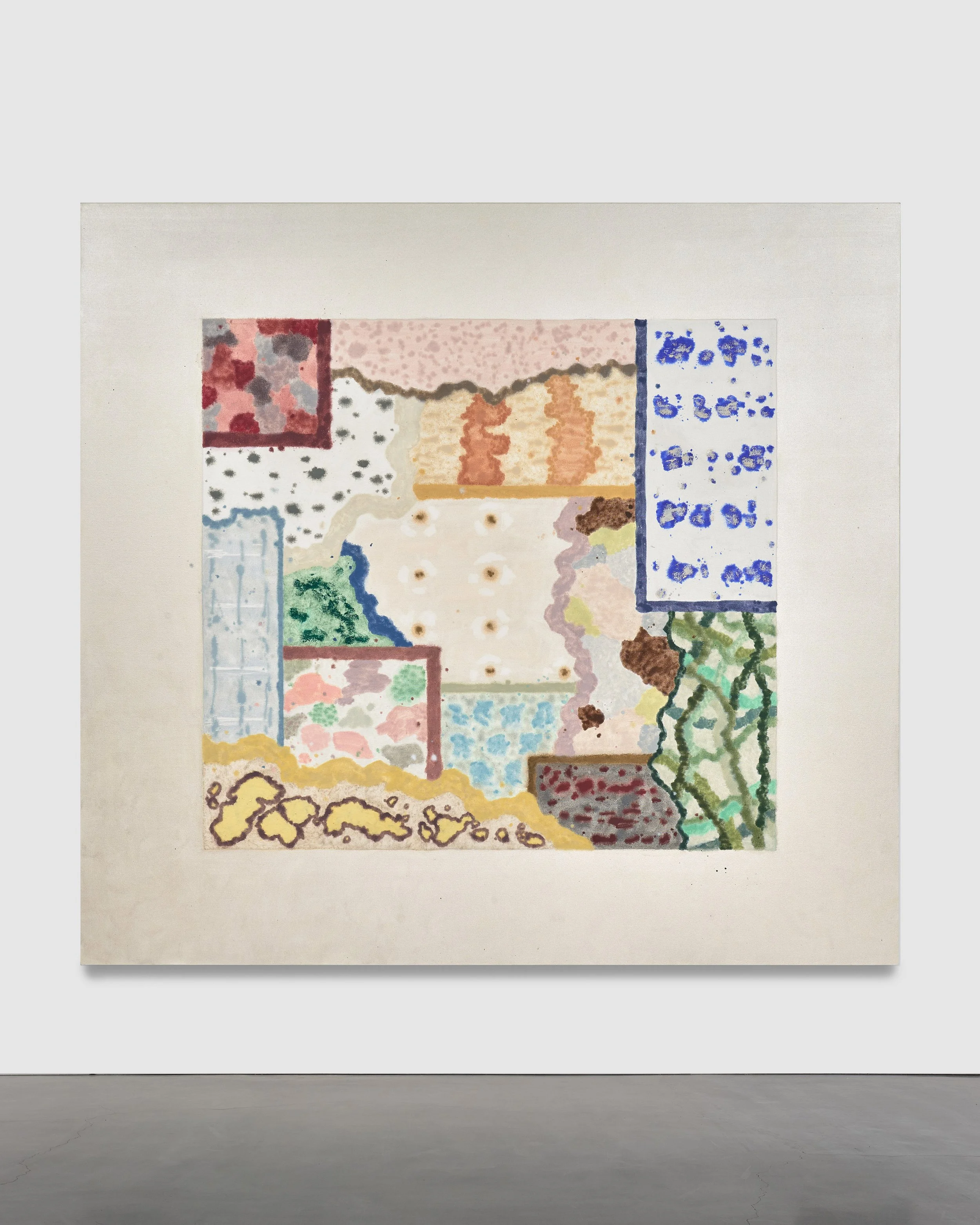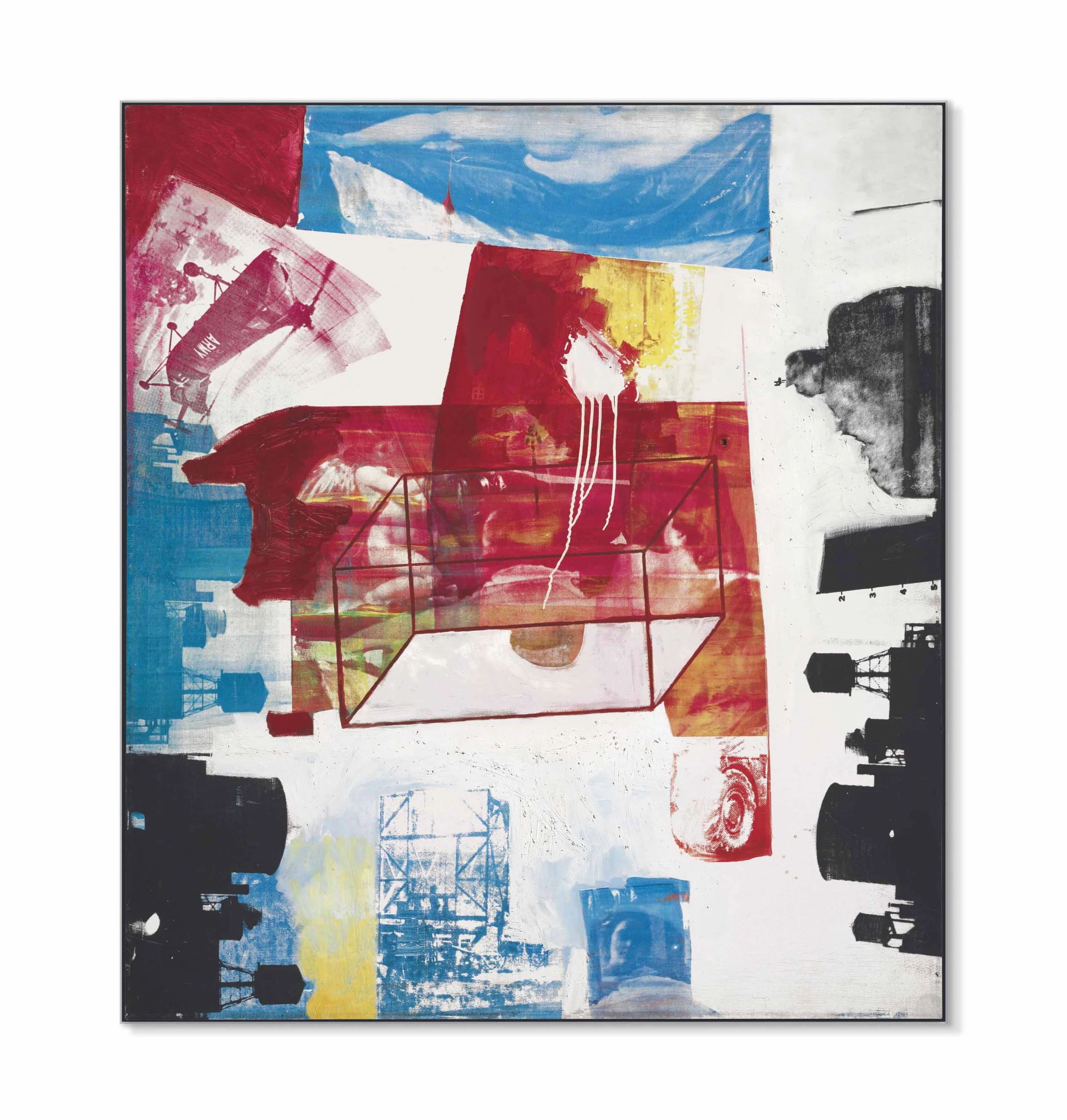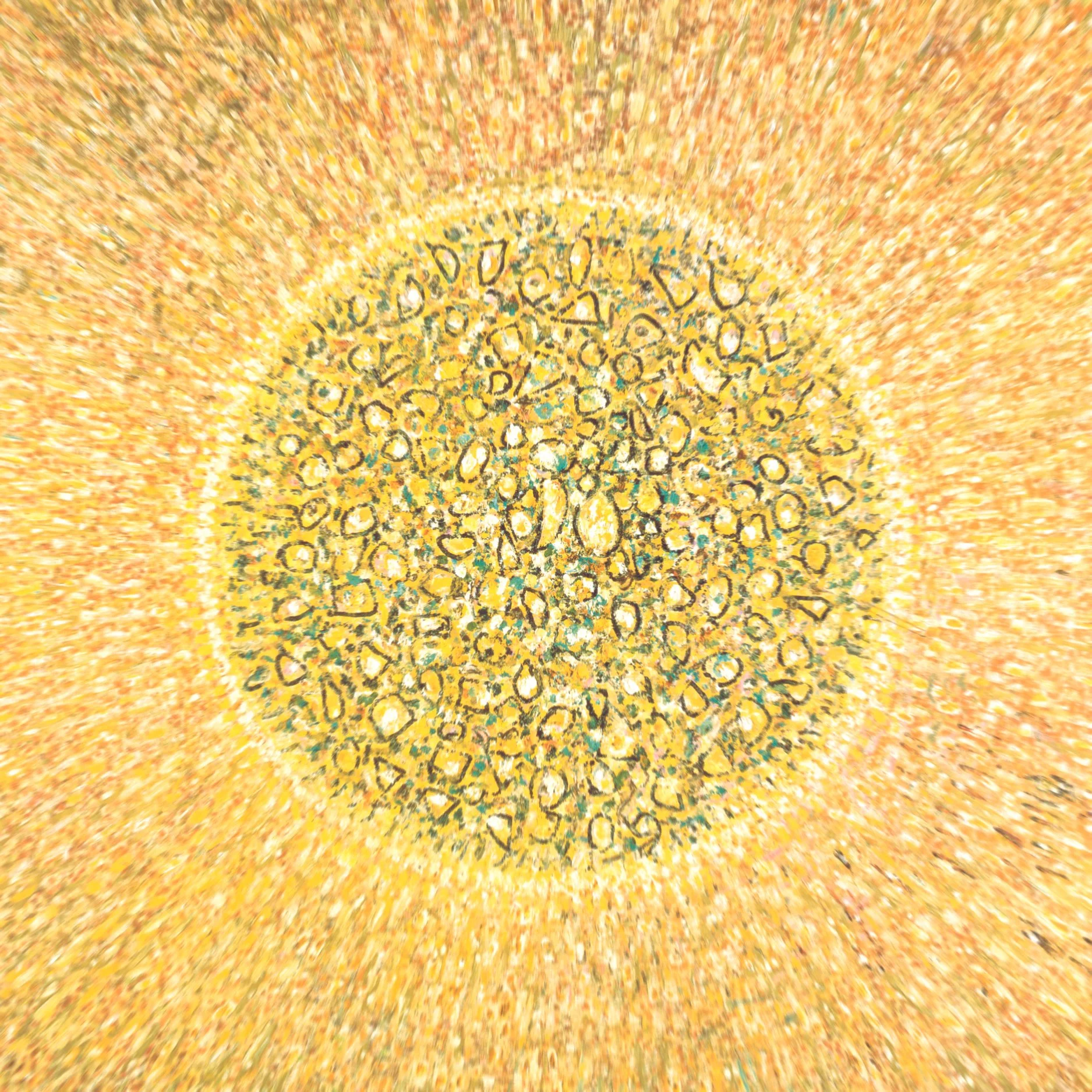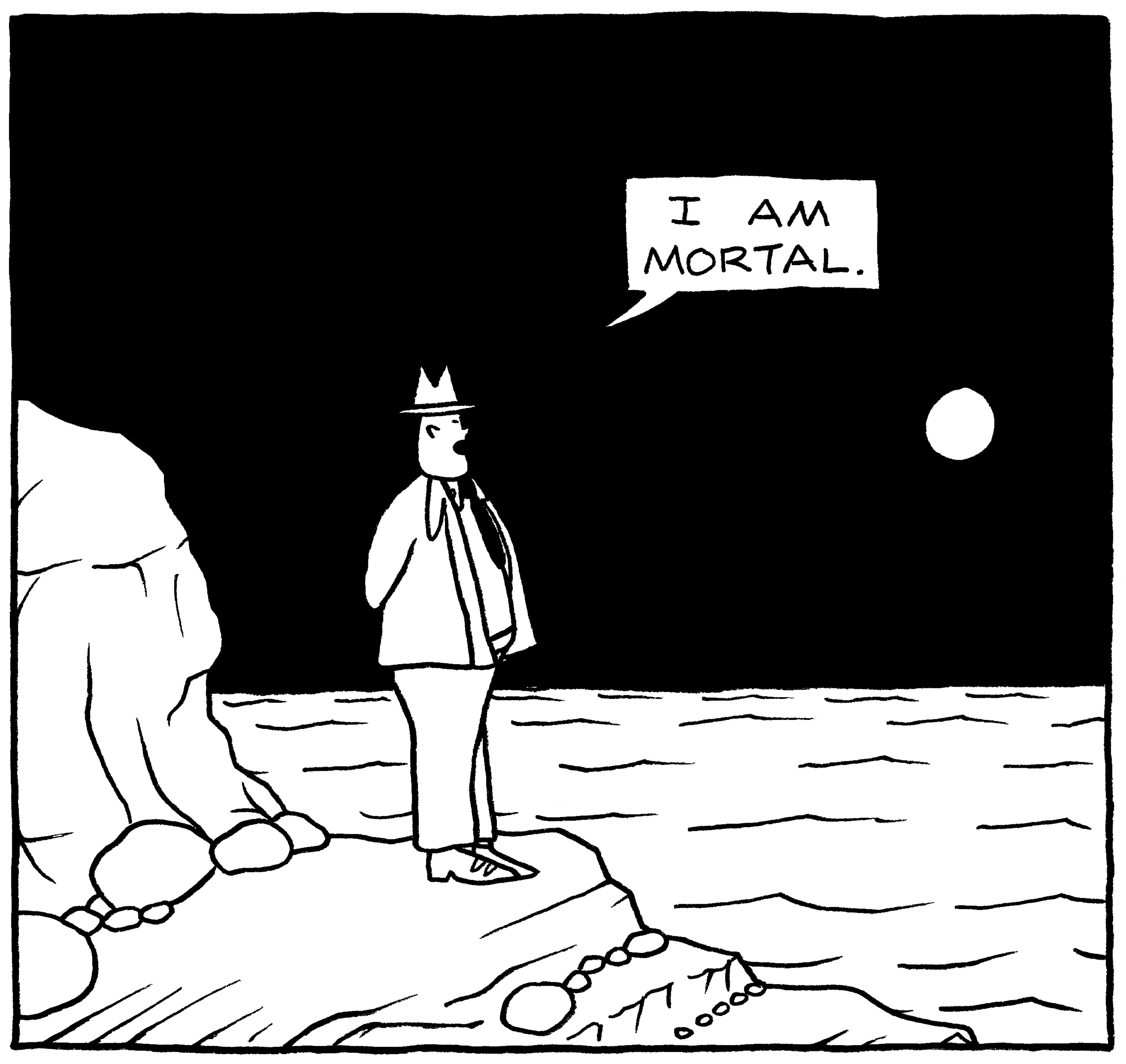Nixon Thirty Years Later
Do we know what film is about today? The ersatz cinema which fills theaters seems to tell us definitively: No. Stone’s film is much more than a cultural product of its time. It’s one of the best films of the 1990s and still has a great deal to teach us about how film works, and what it means to make a political film.
Selections from The Irreveries
Selected aphorisms, parables, & fragments from The Irreveries // Book 2 ~ Irreveries of a Deserter
Prayer Composed by a Swarm of Bees
“Nothing is healed or fixed: it is shattered and given back.”
Review of Metamorphoses
These poems remind us how the literary past is always waiting for us in the literary future…
“Human Music”
Imagine driving in your car listening to MJ on the radio, grooving and enjoying the song until … wait … you stop to ask yourself … was this bassline played manually by a human, because if MIDI sequencing was involved, I don't like it anymore. Said no one ever!
Lamar Peterson’s Modernist Grimace
Most viewers, upon encountering Lamar Peterson’s work, will go no further than to subsume the paintings under the generic category of “black figuration.” This is to be expected; most people don’t care enough about art to actually look at it (whether they admit it to themselves or not).
Review: Haniko Zahra in "Thorns In Your Side" at House of CoHit
It is the complexity of emotional registers, the playful ambiguity towards content, the energy of her formal immediacy, and her willingness to lean into the grotesque which together form the magnetism of her works.
Where Are The Music Houses?
Although there's a reaction against utopian thinking, art itself has a utopian edge
Mirages in the Desert of Painting
In an art landscape populated by chalky paintings made by people who don't care enough about their medium to learn how to use it, crowded alongside paintings based on photos by people who think paintings are just images, it shouldn't be surprising that the gallery-going masses are titillated by a painting with a nice surface.
Rebecca Morris, “#34,” at Regen Projects
Rebecca Morris’s current show at Regen Projects, titled simply #34, after its place in the sequence of solo shows that constitutes the artist’s career evinces a painter who, having reached a certain stage of maturity, looks to take stock of the work she’s produced. How does it reflect her understanding of painting? What has held up and what is yet to convince?
Plantasia Review
Plantasia is a two-day ambient music fest held in Chicago named after Mort Garson's 1976 record, Mother Earth's Plantasia.
Against trademark hollowness: The difference that “Theory” makes
Now seems as good as any moment, as history breaks around us, to reconsider our attachments to modernism and formalism — along with the implications of such attachments — for the purpose of developing an art criticism that aspires to be adequate to the present.
Voluptuous Music
What is really feared in loud music is not the loudness, but the ugliness
Against Art Education
Our art education does not produce artists or critics, but little art historians – worse, librarians! We are what Nietzsche described as “idlers in the garden of knowledge,” individuals with an Alexandrian relationship with art, art as an infinite archive of “works” to be perused, art as mere culture. Our spirit transforms art into artifacts.
“Et in Arcadia ego”
Art occupies a precarious position in society. The artist even more so. One the hand, art is officially sanctioned. It is generally taught, and ‘creativity’ and ‘self-expression’ are almost universally encouraged . . . But the true artist, as Octave declaims in his eulogy on the rock, knows that he “is a misfit, a stranger, a prophet none believe, and to whom none relate.”
Disjecta Membra: Some Notes on Mandelstam
Philippe Jaccottet’s 1981 essay on Osip Mandelstam, with poems translated by Matvei Yankelevich and John High.
paintings and Paintings
There are paintings, and then there are paintings — I’ll capitalize the latter. Anyone who has Seen a Painting will feel the Truth in this distinction, and anyone who has felt the dissatisfaction of merely seeing a mere painting — and who hasn’t? — will either suspect that such a distinction exists or turn away from the work in front of them in search of meaning elsewhere.
Denzil Hurley & Brian Sharp at Sebastian Gladstone
The further one surrenders to the compositional dynamics in each work, the more archetypal or elemental they seem to become. They are classically modernist in this sense, distilling form into an essential image, a snapshot of a prototypical aesthetic idea. This seems resonant with the glyph theme in their titling. Juxtapositional interventions — in this case Hurley’s sticks — resolve into a formal irreducibility.










